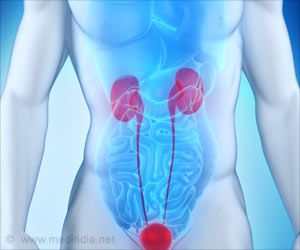Details about CRISPR
Mechanism of Action:
The
More information about the significance of the Cas9 protein?
The Cas9 protein is an important protein in the CRISPR mechanism.
Significance of Cas9: Cas9 has 2 nucleases domains
- At the amino terminus- a Ruv c like nuclease protein is present
- Middle of the protein- HNH like nuclease protein
Functions of Cas9: Cas9 performs the following 2 important functions
- Involved in the processing of CRISPR RNA.
- Plays a key role in the destruction of the DNA that is targeted.
Mechanism of action of Cas9:
- For recognition of the target DNA and cleavage, Cas9 forms a complex with CRISPR RNA and trans- activating TracrRNA.
- TracrRNA is necessary for maturation of crRNA, occurring along with Cas9 and RNase III.
- The two nuclease domains of the Cas9 cute both the strand of the target DNA resulting in double stranded DNA breaks- The HNH nuclease domain cuts the complementary strand while Ruv C like domain cuts the non-complementary strand.
- Protospacer associated motif(PAM) are short nucleotide sequences that are required by Cas 9 for the endonuclease activity.
Cas 9 variants:
Apart from the wild type of Cas 9, scientists have developed two different Cas9 variants.
1) Wild Type Cas9:
- Site specific double strand cleavage
- Strand breaks are repaired with insertions or deletions
2) Cas9D10A:
- Developed by scientists Cong and colleagues
- Only one DNA strand is cleaved
- The broken DNA strand is repaired using insertions or deletions
3) dCas9:
- No nickase activity so no DNA cleavage
- Used for silencing certain genes or for activation
- It is also used in visualizing certain sequences by binding it to enhanced green fluorescent protein
Editor’s comments:
What is the future of CRISPR? - CRISPR is considered to be game-changer and is one of the biggest advances of the year 2015 as it holds a lot of promise for medical care and treatment for many diseases with a genetic basis and for diseases that have been difficult to treat.
So far only symptoms of genetic diseases have been treated, but the progression of the disease is rarely controlled. CRISPR offers new hope for patients with such diseases as medical care would henceforth treat the ‘root cause’ by tinkering the genes at the molecular level.
Jennifer Doudna has won many awards for her discovery of CRISPR and some scientists believe she may even receive a Nobel prize for her work on CRISPR.









